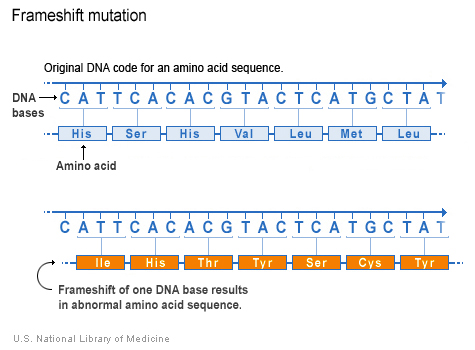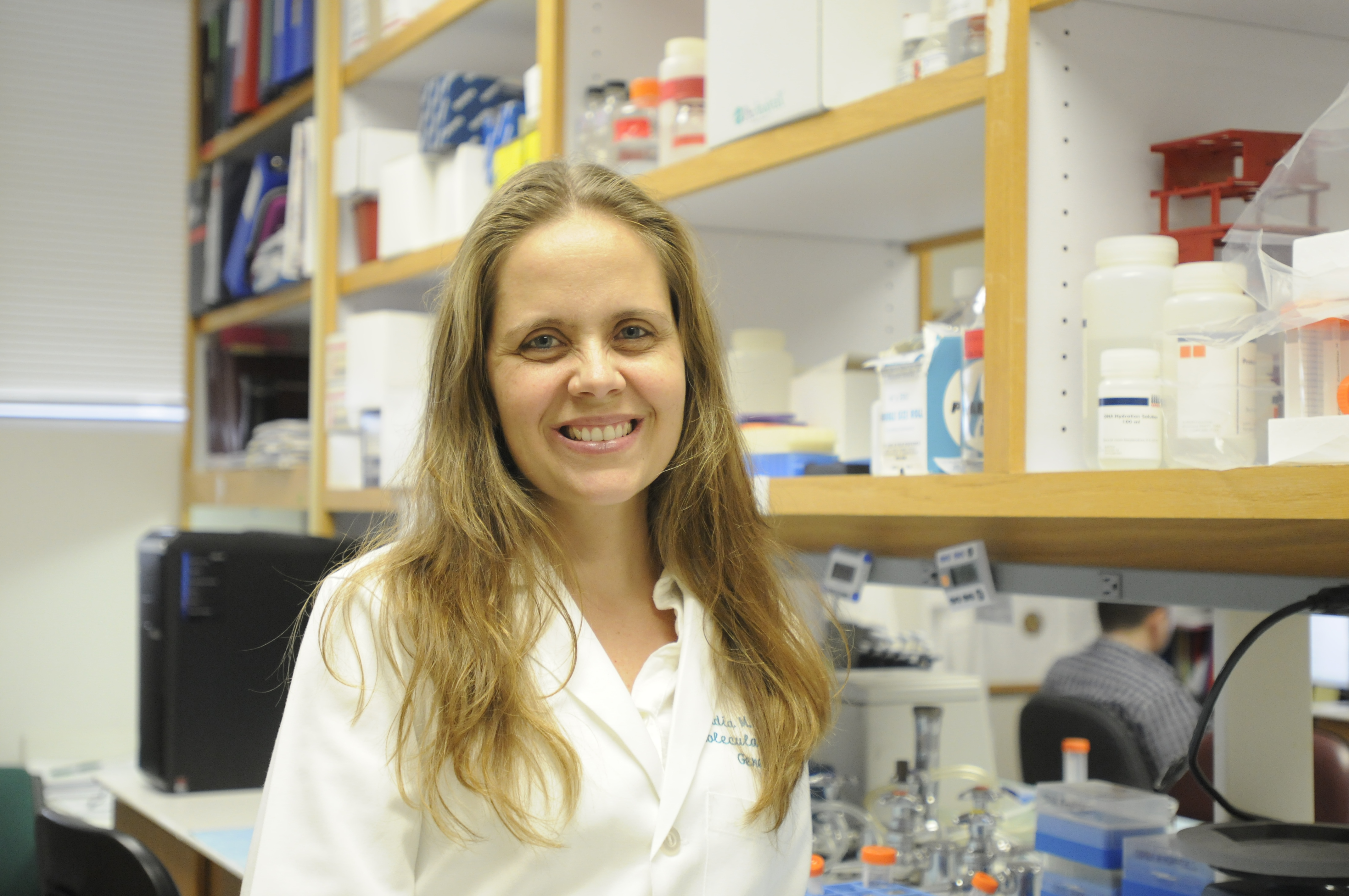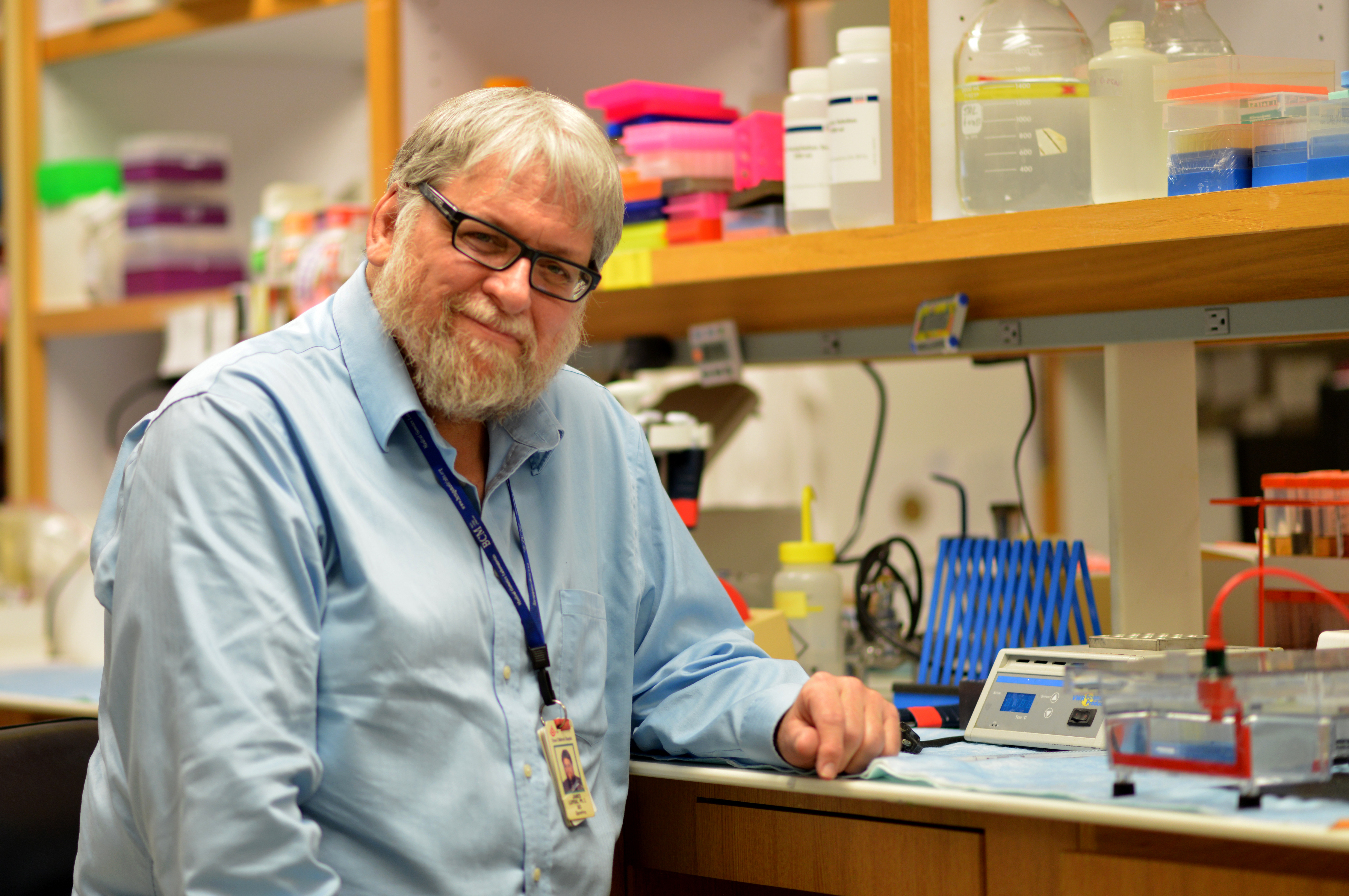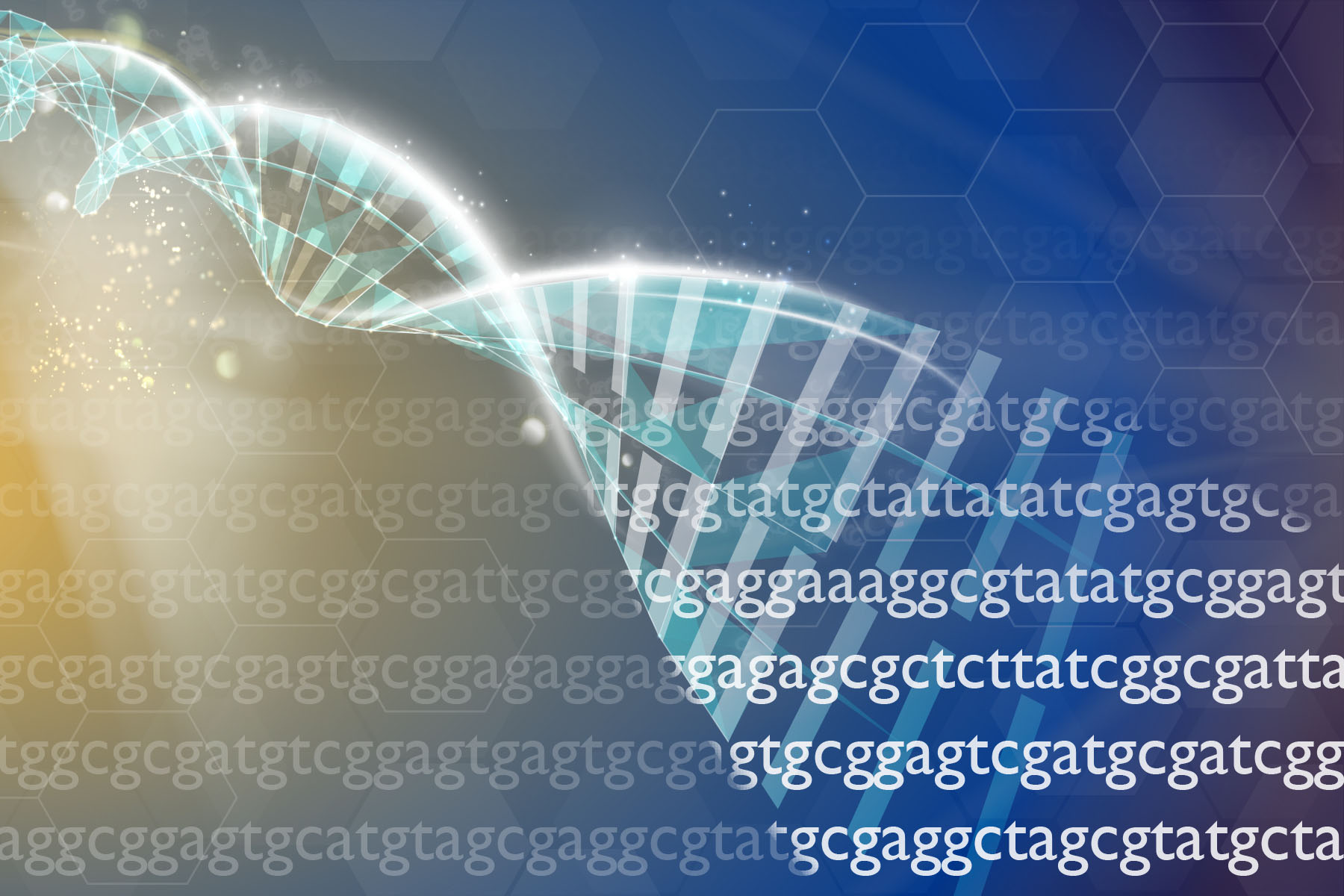Frame shift defines molecular diagnosis in rare disease

By Ruth SoRelle, M.P.H.
In 1969, Dr. Meinhard Robinow and colleagues identified what they called a “dwarfing” syndrome – a genetically dominant trait with shortening of the middle part of the limbs, genital abnormalities and distinctive features that was named for its discoverers. Later, a few cases were associated with the WNT5A gene, but there was no molecular explanation for most of them.
Now, an international consortium of researchers led by those from by Baylor College of Medicine have determined that a “frame shift” – the insertion of genetic material that interrupts the recipe for a particular protein — could explain many cases of the rare disorder called Robinow syndrome for which there is currently no molecular explanation, said an international consortium of researchers led by those from Baylor College of Medicine in a report that appears online in the journal American Journal of Human Genetics.
Exome sequencing
Exome sequencing (determining the genetic sequence of the protein-coding portion of the genome) has enabled scientists to determine the genetic cause of 25 percent of diseases in which a cause could not be identified previously. As knowledge increases, that percentage will grow.
International collaboration


When a team led by Drs. Claudia M.B. Carvalho and James Lupski at Baylor in collaboration with Dr. Han G. Brunner of Radboud University Medical Center in Nijmegen, The Netherlands began looking at more patients, they sequenced the exomes (the protein coding part of the genome) of many in the Human Genome Sequencing Center at Baylor and found mutations in one copy of a gene called DVL1 in eight subjects. All the mutations cluster in the gene’s penultimate exon and cut off the end of the protein.
In each case, the mutation was a frame shift mutation, six different ones in eight subjects including a set of identical twins. A frame shift mutation occurs when the triplet code of an amino acid is interrupted by either an insertion or deletion of nucleotides that are not in multiples of three. (Nucleotides in sequences of three provide the code for amino acids.) That changes the protein that is needed for carrying out necessary activities in the cell.
Mutation not expressed
“What’s interesting about these variants is when you have a frame shift, the resulting
RNA is usually degraded and the mutation not expressed,” said first author Janson
White, a graduate student in Lupski’s laboratory at Baylor. “But these are somewhat expressed in the RNA. All these variants occur in a very uniform spot in the gene and have the same predicted protein structure. There is potentially some function for this abnormal protein. We don’t know if this is a new protein or a new function that is part of protein or the phenotype is the result of its competing with the wild-type (normal) protein (made by the non-mutated copy of the gene) and disturbing its function.”
In that case, the protein would be a dominant negative and result in a gain of function.
Disturbs the pathway
“It is disturbing the pathway in which this protein is involved,” said Carvalho. This perturbation could be interacting somehow with the other protein or other proteins in the pathway.”
She pointed out that the exome sequencing picked up the reason for two out of three of the variants.
“We are now more aware that frameshift mutation can be hidden within the raw data and not visualized by the computer algorithms,” she said. “We can go back to the raw data and look for this. In this disease, we are finding something that does not look like loss of function. We have to be aware that disease might not be caused by loss of function but instead by gain of function.”
Others who took part in this work include: Samantha Penney, Shalini N. Jhangiani, Donna M. Muzny, V. Reid Sutton, Tomasz Gambin, Richard A. Gibbs of the Baylor Hopkins Center for Mendelian Genomics; Juliana F. Mazzeu of Programa de Pósgraduação em Ciências Genômicas e Biotecnologia, Universidade Católica de Brasília, Brasília, DF, Brazil; Alexander Hoischen, Anneke T. Vulto-van Silfhout, Marloes Steehouwer, and Bregje W.M. van Bon of Radboud Institute for Molecular Life Sciences, Radboud University Nijmegen Medical Center, the Netherlands; Michele Calijorne Alcino of Centro de Pesquisas; René Rachou, Fundação Oswaldo Cruz, Belo Horizonte, Brazil; Jorge M. Saraiva of Medical Genetics Unit, Hospital Pediátrico, Centro Hospitalar e Universitário de Coimbra, Coimbra, Portugal; Hanne Hove and Flemming Skovby of Department of Clinical Genetics, Rigshospitalet, University of Copenhagen, Denmark; Hülya Kayserili of Medical Genetics Department, Istanbul Medical Faculty, Istanbul University, Istanbul 34093, Turkey; and Elicia Estrella of the Boston Children’s Hospital and Harvard Medical School in Boston, Mass.
Funding for this work came from Baylor Hopkins Center for Mendelian Genomics (U54HG006542), jointly funded by the National Human Genome Research Institute (NHGRI) and National Heart, Lung and Blood Institute (NHBLI) (Grant U54HG003273) to R.A.G., the Fundação de Amparo à Pesquisa do Estado de Minas Gerais (Grant CBB-APQ-01456-13), the Conselho Nacional de Desenvolvimento Científico e Tecnológico (Grant 476217/2013-0), a Science without Borders program Young Investigator fellowship grant (Grant 402520/2012-2) to C.M.B.C., the Netherlands Organization for Scientific Research ZonMW Veni (Grant 916-12-095) to A.H., and the TUBITAK (The Scientific and Technological Research Council of Turkey) grant no:SBAG-112S398 (CRANIRARE-2; ERA-net project) to HKScientific and Technological Research Council of Turkey (TUBITAK) (Grant SBAG-112S398, CRANIRARE-2, ERA-NET project) to H.K.



